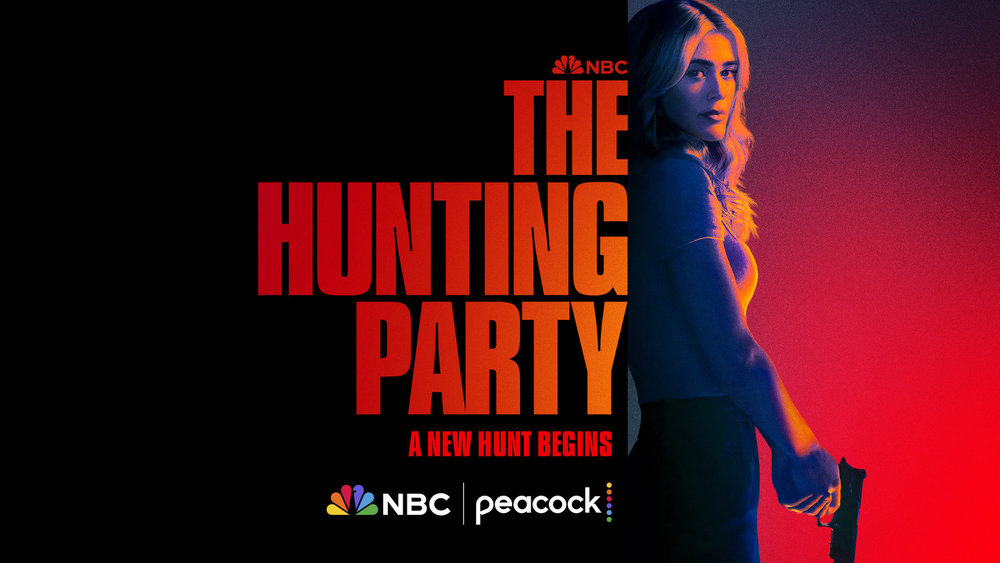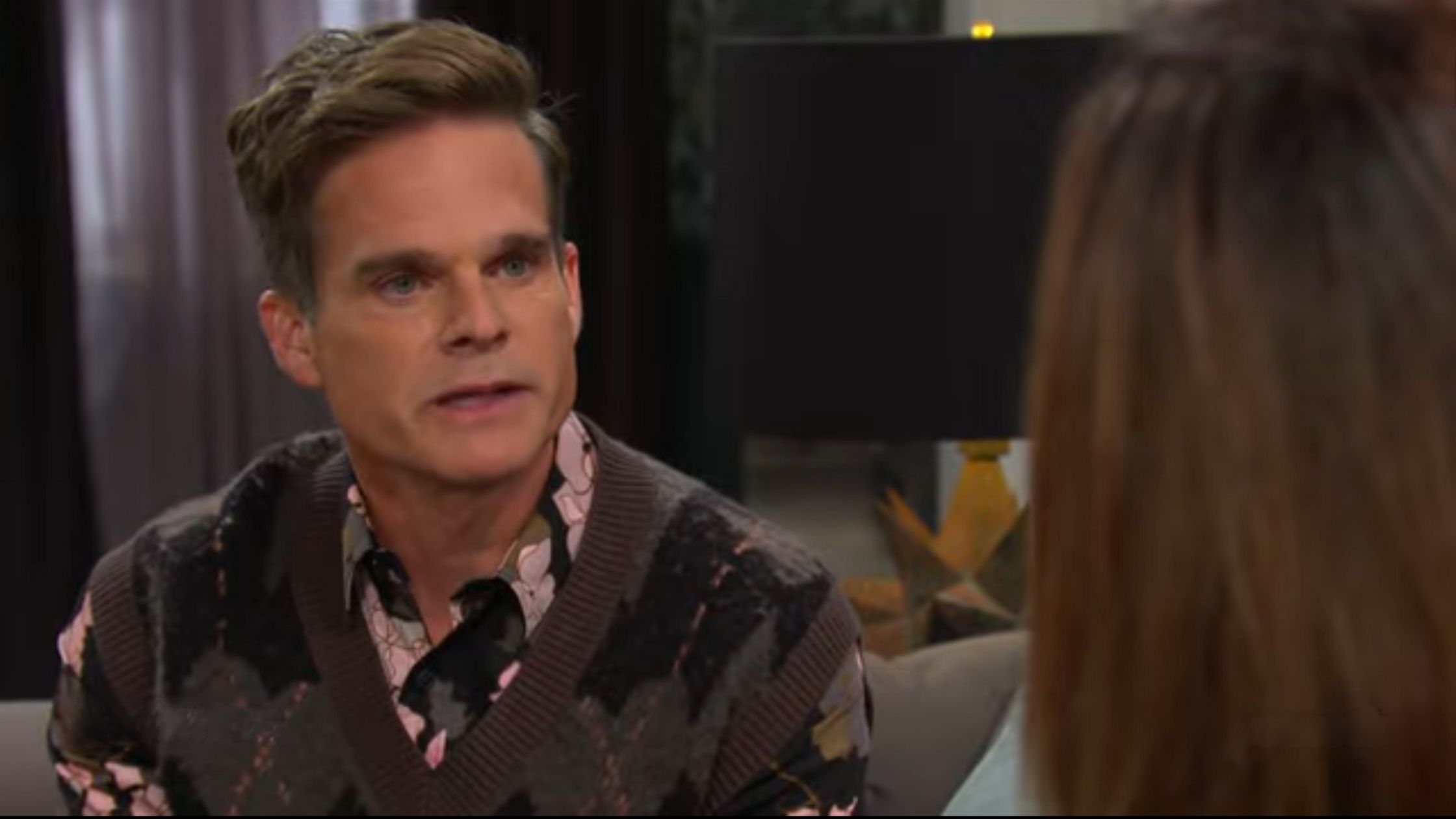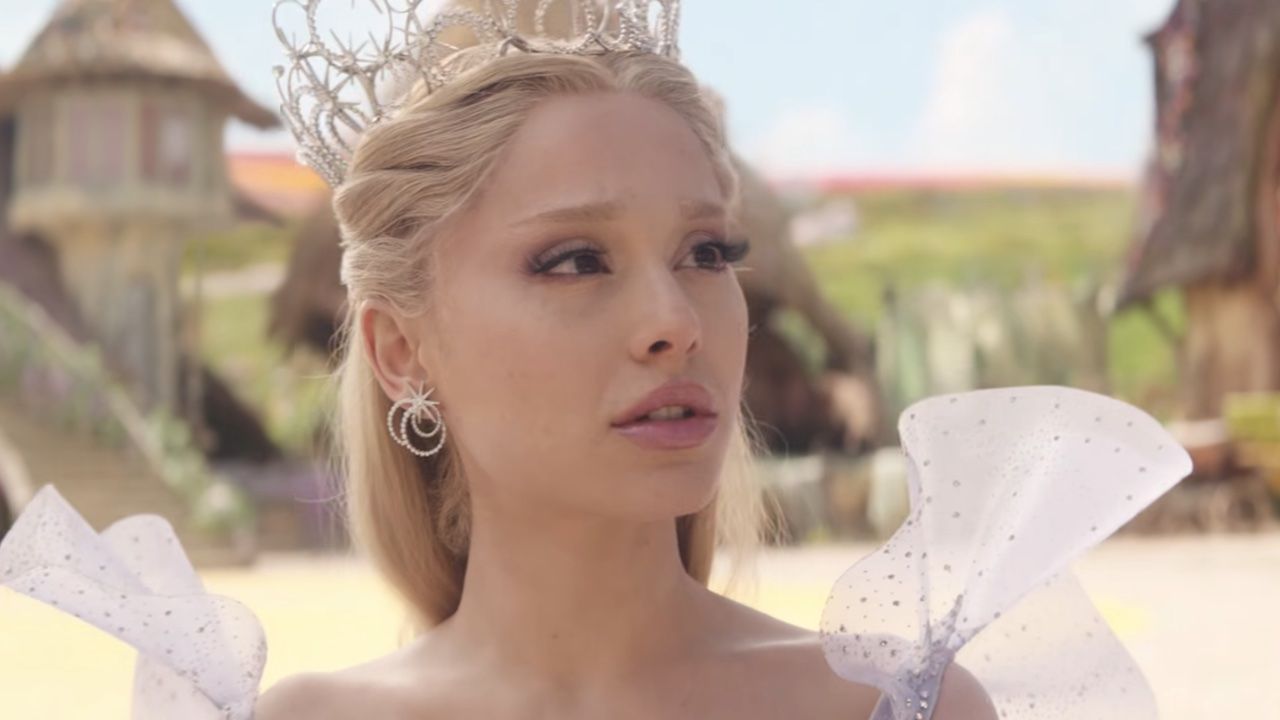For over three decades, Erin Moriarty has been a name synonymous with investigative journalism.
Her work on 48 Hours has shaped public understanding of criminal justice and highlighted stories that not only captivate but make a difference.
In a conversation filled with reflections on her career, Erin opened up about the origins of her work, her thoughts on the 48 Hours Season 37 premiere, and the new podcast Murder in the Orange Grove, where she re-examines the troubling case of Crosley Green.


The Early Days of 48 Hours: Fashion, Law, and Immersive Reporting
When Erin first joined 48 Hours, she wasn’t expecting it to become the home for her storytelling that it did. Her first assignment wasn’t about law or crime — it was about fashion. She recalls with a chuckle, “As much as I love to look at fashion, I am not a fashionista.”
At the time, Erin was the consumer legal reporter for CBS Morning News, which made the fashion-centric request seem out of place. Yet, Erin knew how to find the story within the assignment.
She pitched an idea about a designer who lost the rights to her name, turning a superficial subject into a narrative rooted in consumer and legal issues. The story resonated, and from there, Erin became a staple correspondent for the show.
What Erin didn’t expect was how immersive the work on 48 Hours would be. She explained how, in those early days, the team would spend 48 hours (or more) fully entrenched in their subjects’ lives without the luxury of prepared questions.
“You didn’t have any list of questions… You had to roll with whatever was happening in front of you.” It was an experience that required flexibility, quick thinking, and deep engagement with the stories unfolding before them.
A Groundbreaking Approach


This hands-on approach was groundbreaking. It wasn’t about scripted news or formulaic interviews; it was about capturing life as it happened. This reality-driven storytelling was what Erin referred to as “the first reality television” long before the genre became synonymous with competition shows.
48 Hours embraced real-time, unscripted moments — whether Erin was following fashion designers or, later, reporting on the frontline of the war in Iraq.
It was this style of reporting that set Erin on her path, helping her transition from consumer advocacy to hard-hitting investigative journalism. As she delved deeper into more complex stories, the law degree she had earned years earlier proved to be an invaluable asset.
48 Hours wasn’t just about reporting the news; it was about understanding the legal intricacies behind the headlines, and Erin’s expertise made her uniquely suited to that task.
“It turned out that just by being asked that one time, I fell into my dream job and the perfect job for someone with a law degree,” she mused.
Long-Term Commitment to Stories: The Sara Anne Wood Case
One of the defining features of Erin’s career is her dedication to long-term investigative work. The case of Sara Anne Wood, a 12-year-old girl who was abducted in 1993, is a haunting example of this commitment.
Decades later, Erin is still covering the case despite the fact that Sara’s killer, Lewis Lent, is behind bars. What makes this case particularly painful is that Sara’s body has never been found, and her family has been left without closure for more than 30 years.
As Erin put it, staying with a story over such a long period has profound benefits — not just for the journalist but for the case itself. “The longer you have been, you can not only push to see if there are developments, but people trust you more. They will talk to you more,” she said.
This trust allows her to gather information that might not be available to someone just stepping in, and it enables her to push for developments that might otherwise be overlooked.
Making an Impact by Sticking Around


For Erin, it’s not enough to simply report on a case once and move on. She believes that most stories evolve over time and that if you want to make a real impact — whether it’s bringing a criminal to justice or providing solace to a grieving family — you have to stay with it.
“We owe it to the families to see these stories through,” Erin said, and her commitment to the Sara Anne Wood case is a testament to that philosophy.
This long-term approach to reporting is one reason Erin has been so successful.
By staying with a case for years, even decades, she’s able to uncover new details, follow up on leads that may have gone cold, and bring attention back to cases that might otherwise have been forgotten.
In the case of Sara Anne Wood, Erin remains hopeful that one day, Sara’s body will be found, and her family will finally get the closure they deserve.
The Transformation of Public Perception: From Skepticism to Understanding


Erin has witnessed a significant shift in how the public perceives wrongful convictions and complex criminal cases. Early in her career, many viewers firmly believed that confessions equaled guilt, as seen in the case of Marty Tankliff, who recanted his confession.
“People would write me and say, ‘Erin, he has to be guilty,’” she recalls. Over time, thanks to repeated stories showcasing coerced confessions and unreliable eyewitness testimony, Erin has seen a change in her audience. Viewers are now more likely to question the validity of a conviction.
“When we did Melissa Calusinski’s case, most of the viewers said, ‘Ooh, that looks coerced to me,’” Erin explained.
By following these cases for years and presenting an evolving understanding of the criminal justice system, Erin’s reporting has helped transform casual viewers into informed and thoughtful jurors.
The Grey Areas of Justice: What True Crime Teaches Us


One of the most impactful aspects of Erin’s work is her focus on the complexities of the criminal justice system.
“Rarely are the cases that black and white. We don’t cover those,” Erin explains, pointing out that the cases that linger in public consciousness are those where the truth is harder to pin down.
“Our criminal legal system is adversarial, so the prosecution will only argue and spin. I don’t mean to use that word pejoratively, but in fact, that is what the prosecutor’s doing, the evidence to tell one story, and the defense will tear that down,” she notes.
But the truth, as Erin is quick to highlight, often lies somewhere in between.
Long-term commitment to these stories helps audiences understand that justice is rarely as simple as it seems, encouraging a more nuanced view of the legal system.
The Evolution of True Crime Reporting


The world of journalism has changed dramatically since Erin first started at 48 Hours, and nowhere is that more evident than in the true crime genre.
What was once a niche subject has exploded into a cultural phenomenon, with podcasts, documentaries, and TV shows all vying for the public’s attention.
For Erin, however, true crime isn’t just entertainment — it’s an educational tool that can illuminate the flaws in the criminal justice system.
“People are learning about the criminal justice system in ways they never have before,” Erin explained, noting how cases involving DNA evidence and wrongful convictions have changed public perception. In the past, viewers might have been quick to assume that someone charged with a crime was guilty.
But now, thanks in part to Erin’s work on 48 Hours, people are more skeptical of those assumptions.
They’ve seen cases where the wrong person was convicted, where evidence was withheld, or where coercive interrogation techniques were used to elicit false confessions.
Shifting Public Awareness


Erin takes pride in this shift in public awareness, but it also comes with a responsibility. While true crime can be a powerful tool for educating the public, it can also be sensationalized for the sake of entertainment.
Erin is careful to draw a distinction between the responsible journalism she practices and the more manipulative storytelling that has become prevalent in some true crime documentaries.
One such example is Making a Murderer, which was widely criticized for selectively presenting information to fit a particular narrative.
“We have very specific standards we have to follow,” Erin said, explaining that 48 Hours sticks to the facts, even when those facts don’t align with what the audience might expect.
For Erin, it’s not about creating a dramatic story — it’s about telling the truth, no matter how complex or uncomfortable that truth may be.
The 48 Hours Season 37 Premiere: Revisiting the Sara Anne Wood Case


The 48 Hours Season 37 premiered with a story that Erin has been following for decades: the abduction of Sara Anne Wood.
As Erin explained, the case remains one of the most emotionally challenging of her career, not only because of its unresolved nature but also because of the long-standing relationship she has built with Sara’s family.
This season premiere delves deep into the investigation, revisiting old evidence and exploring new leads in the hopes of bringing closure to the case.
“The longer you have been on a story, you can not only push to see if there are developments, but people trust you more. They will talk to you more,” Erin reiterated, highlighting how her years of dedication to the case have allowed her to uncover details that others might have missed.
For viewers, the episode was a stark reminder of the pain that unresolved cases can cause. For Erin, it was another chapter in a story she refuses to let go of.
“We owe it to the families,” she said, once again underscoring her belief that journalism isn’t just about reporting the news — it’s about making a difference in people’s lives.
Murder in the Orange Grove: Investigating Crosley Green’s Case
In addition to her work on 48 Hours, Erin has recently ventured into the world of podcasting with Murder in the Orange Grove: The Troubled Case Against Crosley Green. This podcast revisits a case that Erin first covered in 1999 involving Crosley Green, a man convicted of murder in Florida in 1989.
Despite significant evidence suggesting that Green may not have received a fair trial, he remains behind bars more than 30 years later. “I want people to know that case really well,” Erin said.
She wants listeners to make their own decisions about the case because that’s what Green wanted from her when they first met in 1999.
“The first thing he said to me was, ‘Don’t take my word for anything. Do your research. Read the documents. Look at this case,” she said. “He asked for that. All he ever wanted was a new trial so that all those facts would come out. And I think we’ve lived up to that.”
All Green wanted was a chance at a new trial. “I don’t think anybody could walk away knowing everything and not think, ‘Oh my God. Is this justice?’ I think that’s the best journalism … if somebody walks away with questions about that conviction, wow, that’s justice.” Erin said.
A Case Built on Shaky Evidence
Erin explained that Green’s conviction was based on shaky evidence and a lack of proper legal representation.
Through the podcast, Erin hopes to bring renewed attention to the case and explore the broader issues within the criminal justice system that make it so difficult to overturn wrongful convictions.
One of the biggest challenges, Erin explained, is that the legal system is heavily stacked against defendants once they’ve been convicted.
People wonder all the time why the courts would have ruled against someone innocent of a crime.
“Well, that’s because the courts, you only really get one bite of the apple. That’s your trial. That’s the only time the facts are in dispute,” she said, referring to the fact that appeals are rarely successful, even when new evidence emerges.
In Green’s case, crucial exculpatory evidence was withheld by the prosecution, yet the courts have consistently denied his appeals.
The Good, the Bad, and the Ugly


For Erin, the podcast isn’t just about telling Green’s story — it’s about educating the public on the systemic issues that allow cases like his to happen.
“We tell the good, the bad, and the ugly,” she said, emphasizing her commitment to presenting the facts, no matter how complicated they may be.
It’s lost on most people that an attorney remains with defendants during the trial and then just post-conviction. “Most people, even innocent people, have to go pro se, which means represent themselves, and they write these briefs,” she said incredulously.
“Maybe they’re really smart, and they go to the library, and they can write pretty good briefs. Maybe they don’t. But either way, judges, when they see pro se briefs … very rarely does a judge look at those or at least take them seriously.”
“You’ve got years and such a high bar to be able to get a conviction overturned,” Erin said.
While she believes Green has met that bar after 30 years and remains hopeful that Green’s conviction will one day be overturned, she knows that the road to justice is long and fraught with obstacles.
Behind the Scenes: The Emotional Toll of Investigative Journalism


Investigative journalism isn’t just intellectually challenging — it’s emotionally taxing, too. For Erin, the hardest part of her job is dealing with the guilt that comes with knowing she can’t cover every story or help every person who needs it.
“I feel guilty all the time when I don’t do stories,” she admitted, referencing a man on death row in Missouri the day of our conversation who was subsequently executed.
It’s a case she wished she had covered. “Not that I would have made a difference, but people need to know.”
Despite the emotional toll, Erin finds great meaning and fulfillment in the work she does. The relationships she forms with the people whose stories she covers often last long after the cameras stop rolling.
Keeping in Touch


“I stay in touch with most of these guys who have walked out of prison,” she shared.
These relationships are unique, built not just on friendship but on a deep understanding of what those individuals have endured. “I get their case. I get what they’ve been through, and that is a gift to give someone.”
These bonds serve as a reminder of why Erin does what she does. She’s not just telling stories; she’s giving a voice to people who have been wronged, fighting for justice in a system that is often indifferent to those without power or resources.
It’s this sense of purpose that keeps her going, even when the work becomes overwhelming.
“It can be hard to do some of these stories, but the good and uplifting far outweigh the pain,” she said, summing up the essence of her career in one powerful statement.
You can listen to Murder In the Orange Grove: The Troubling Case of Crosley Green on your favorite podcast platform, and you can watch 48 Hours Saturdays on CBS.
Watch 48 Hours Online








